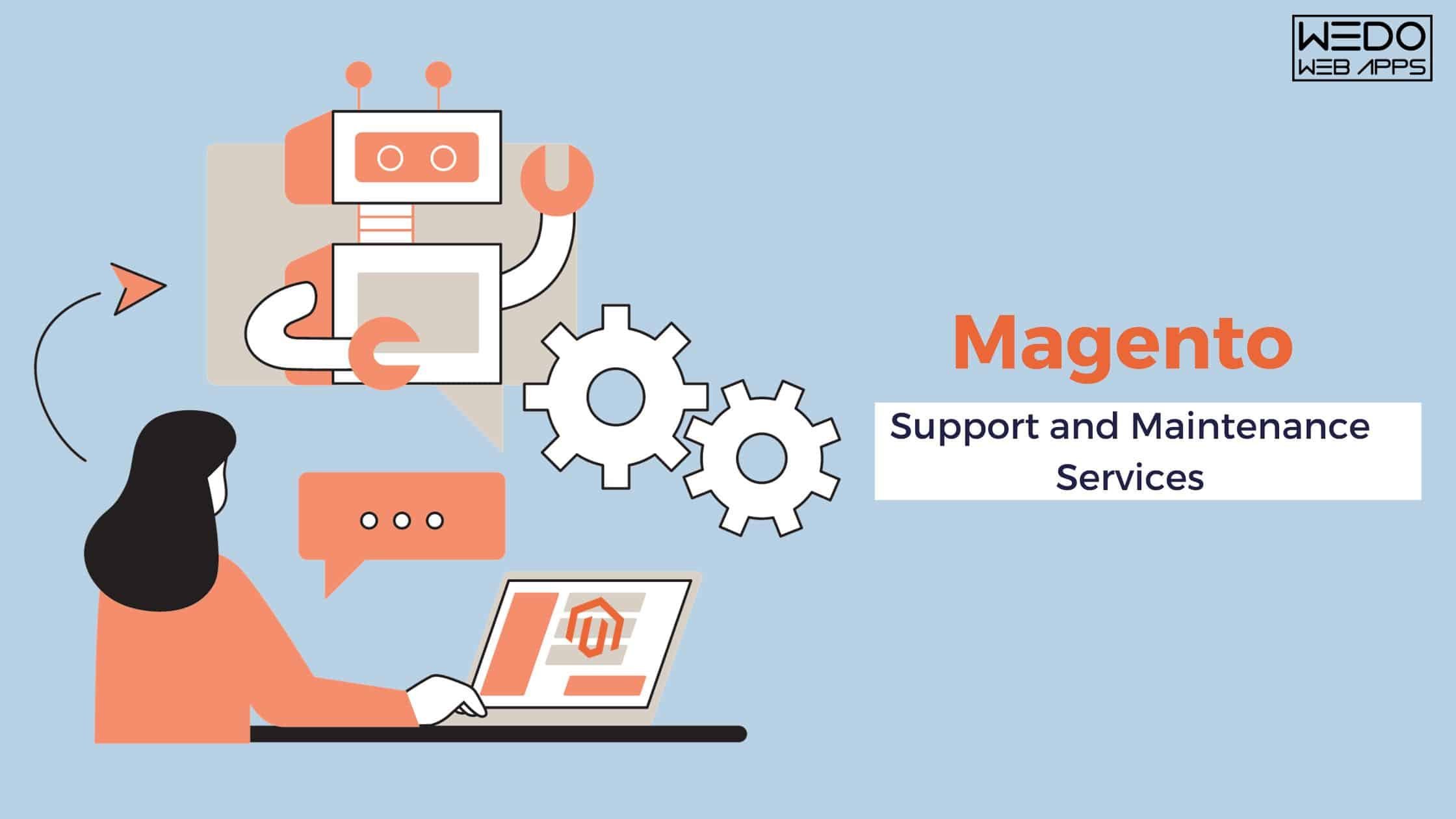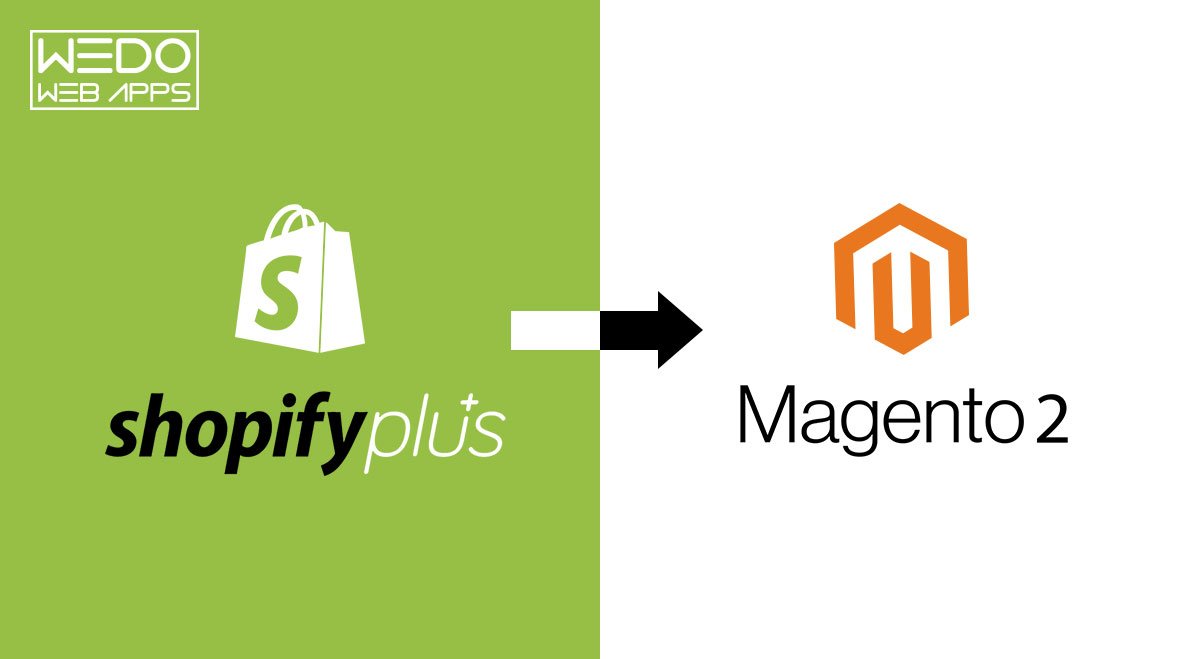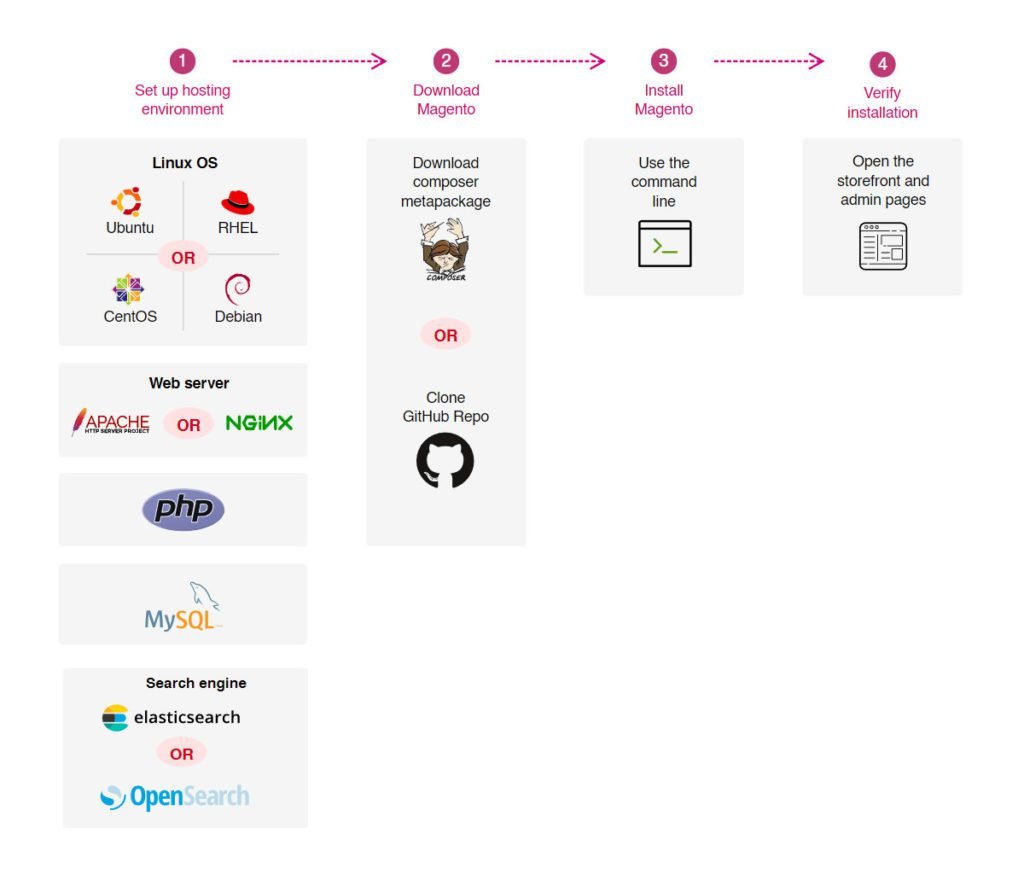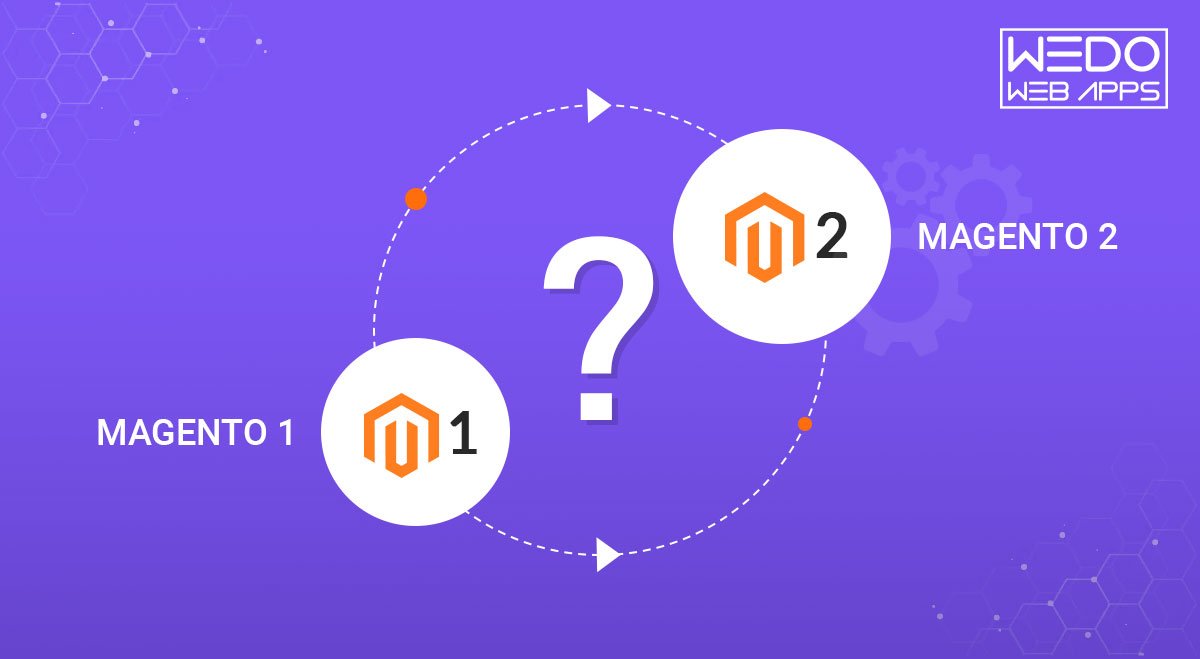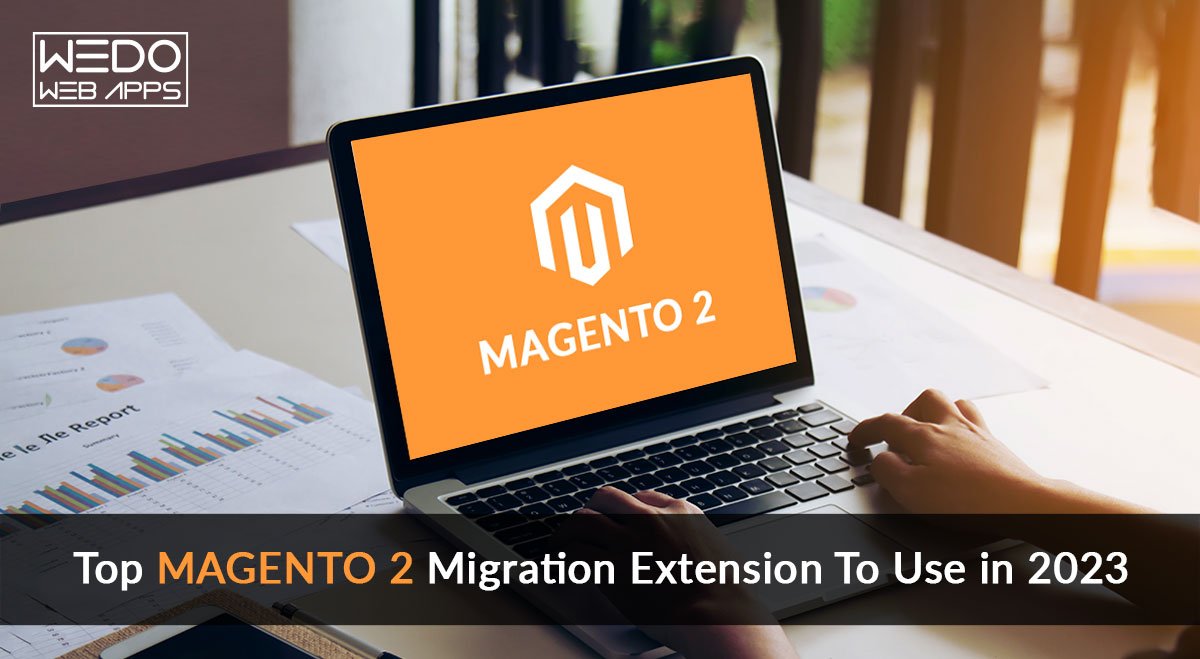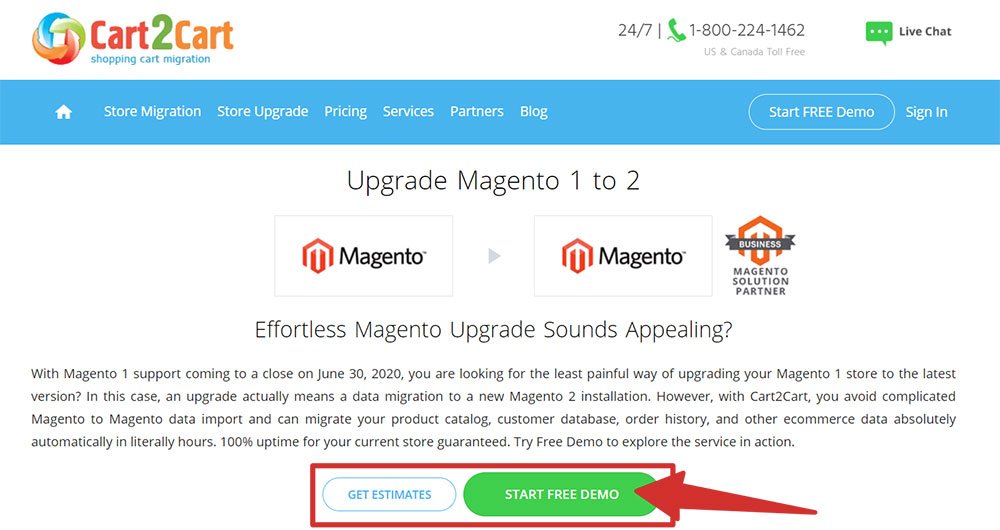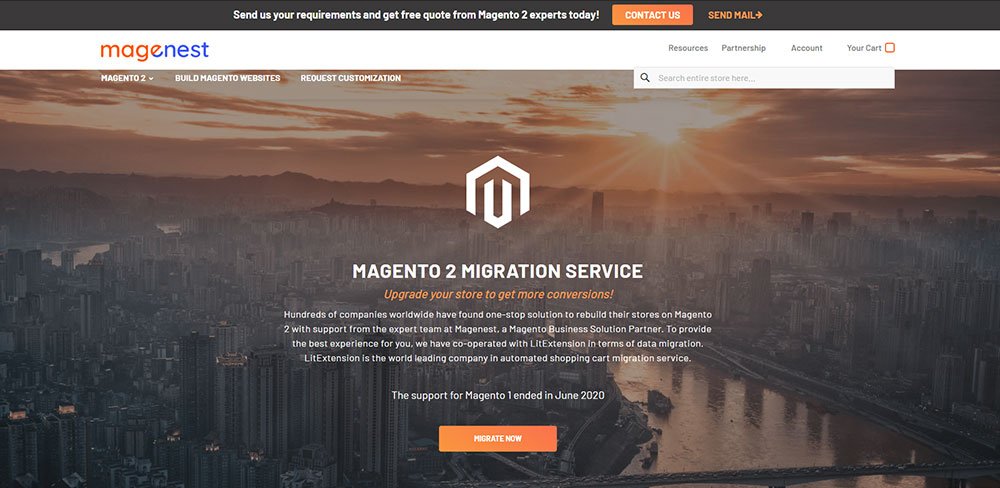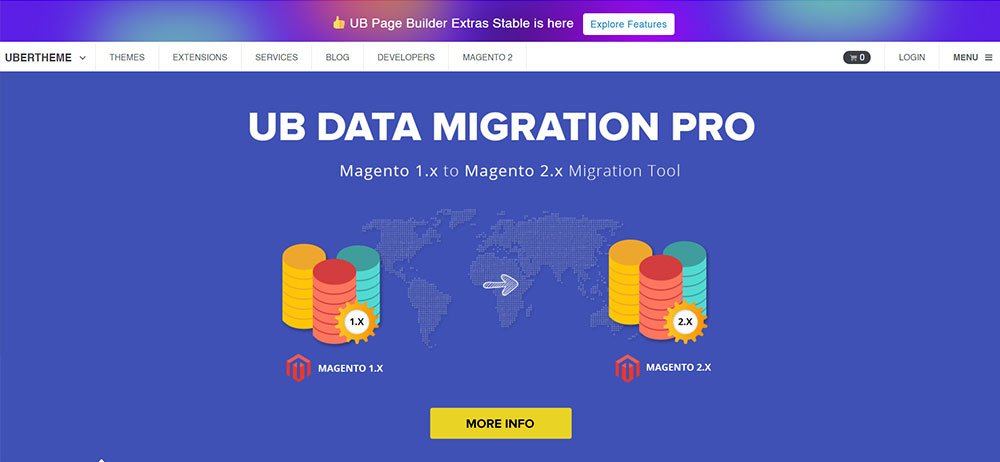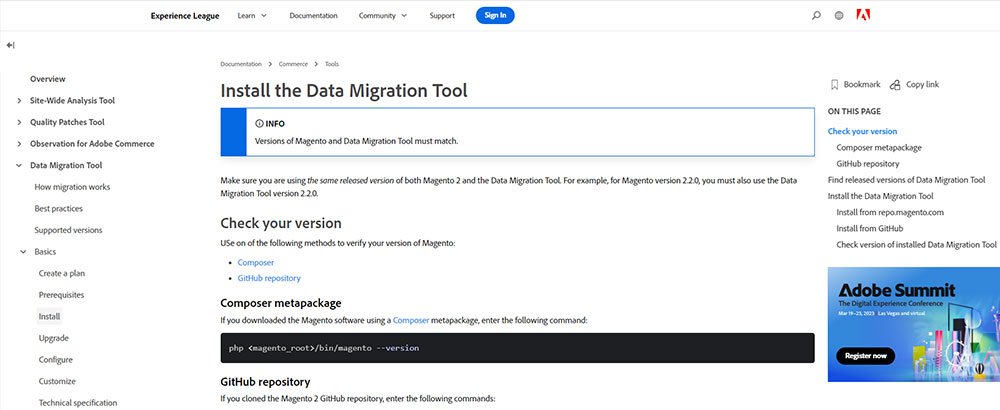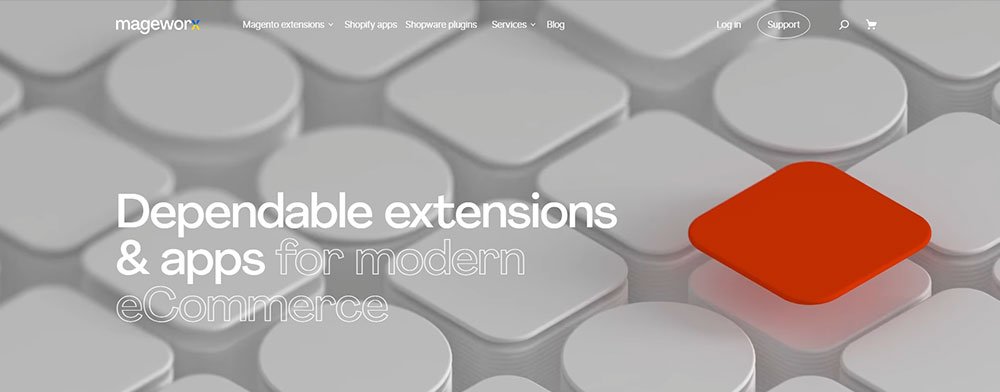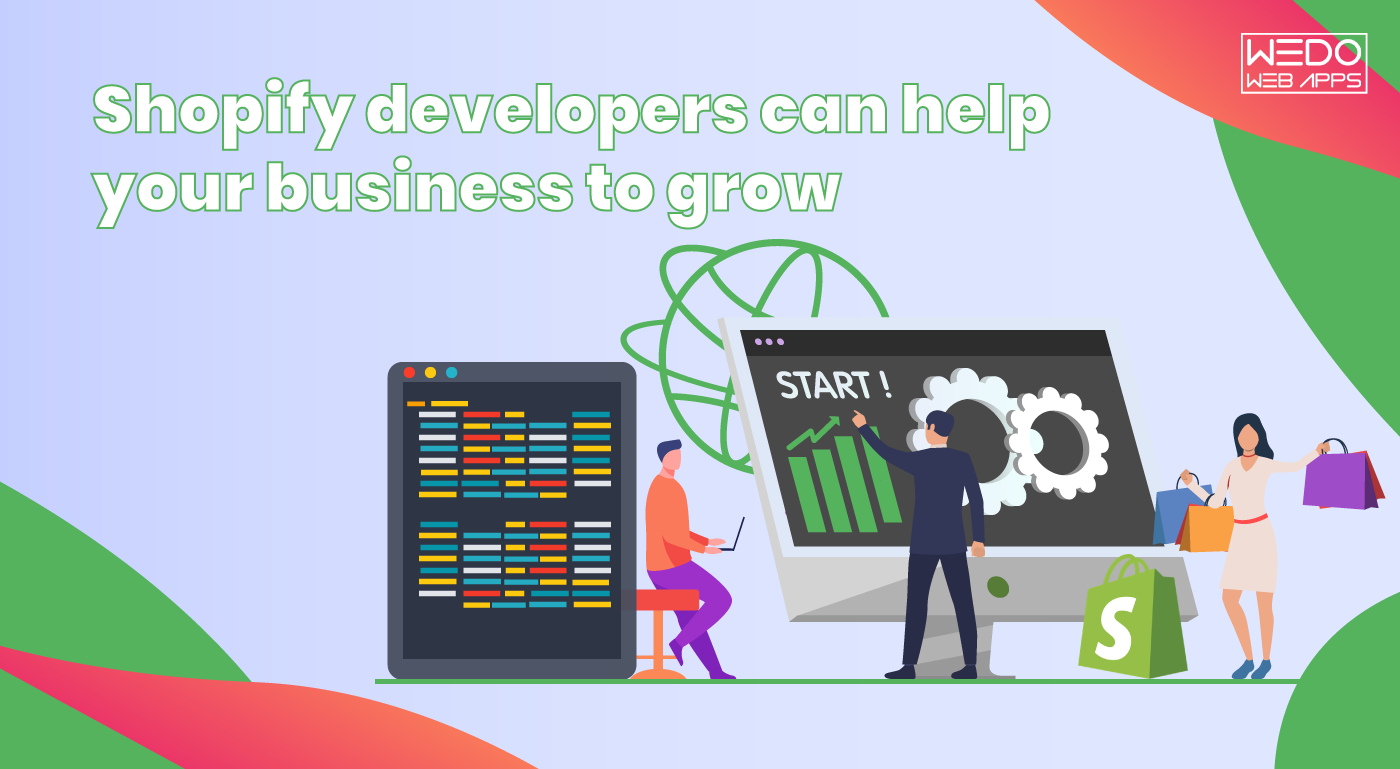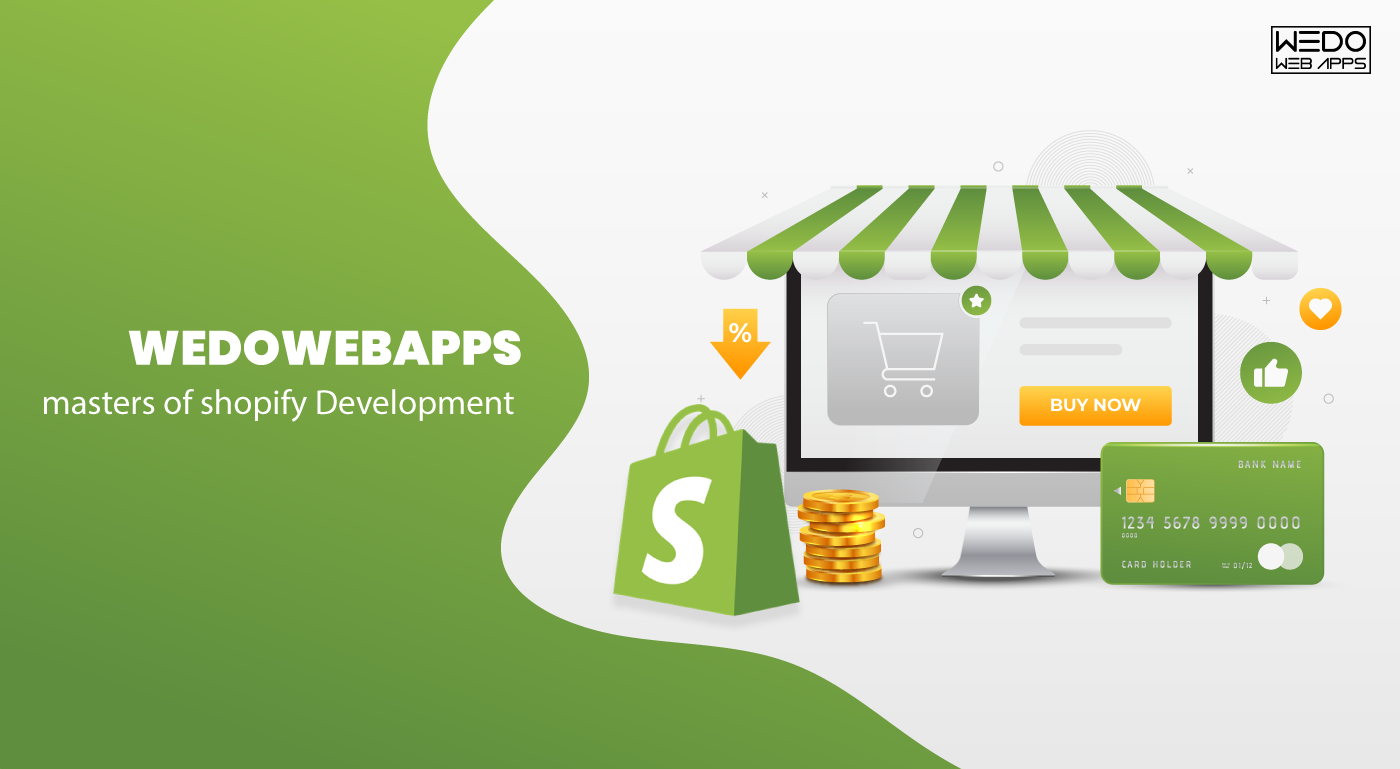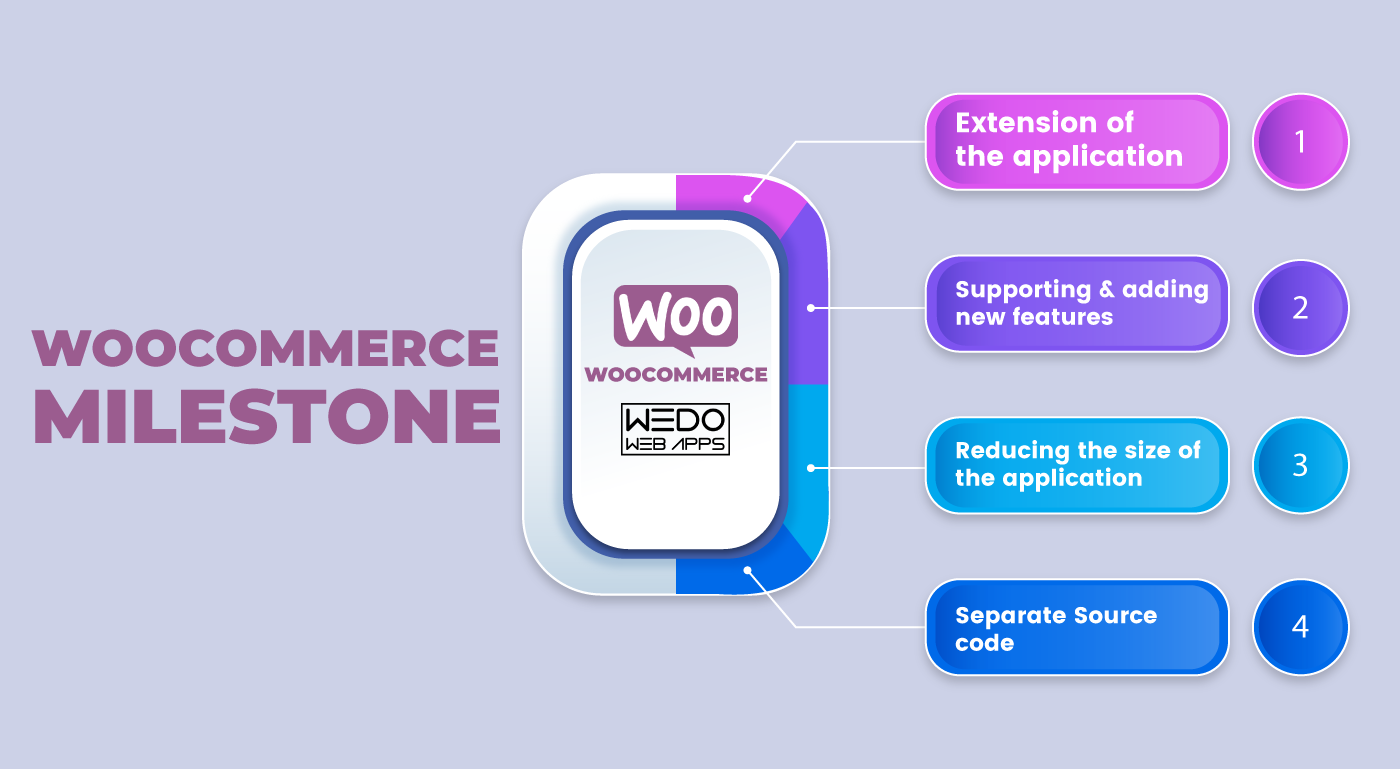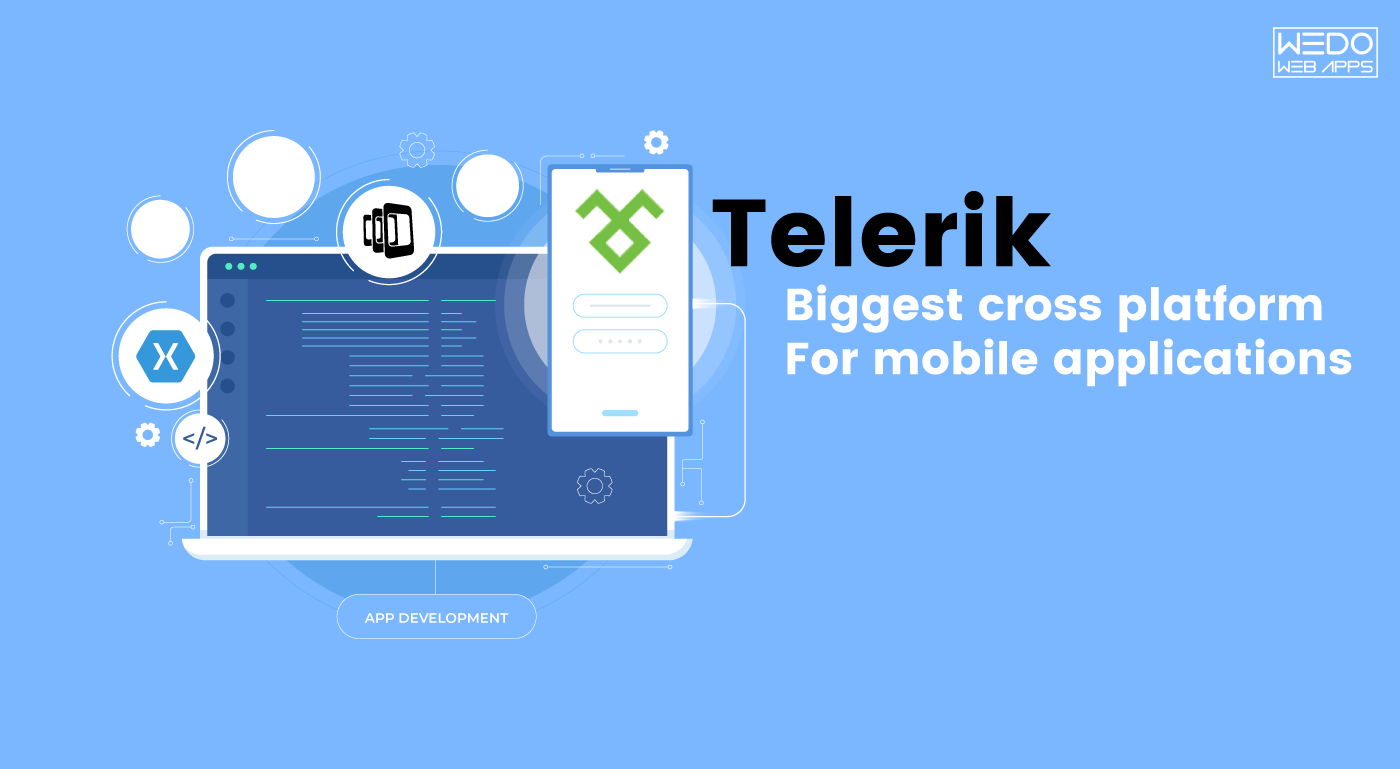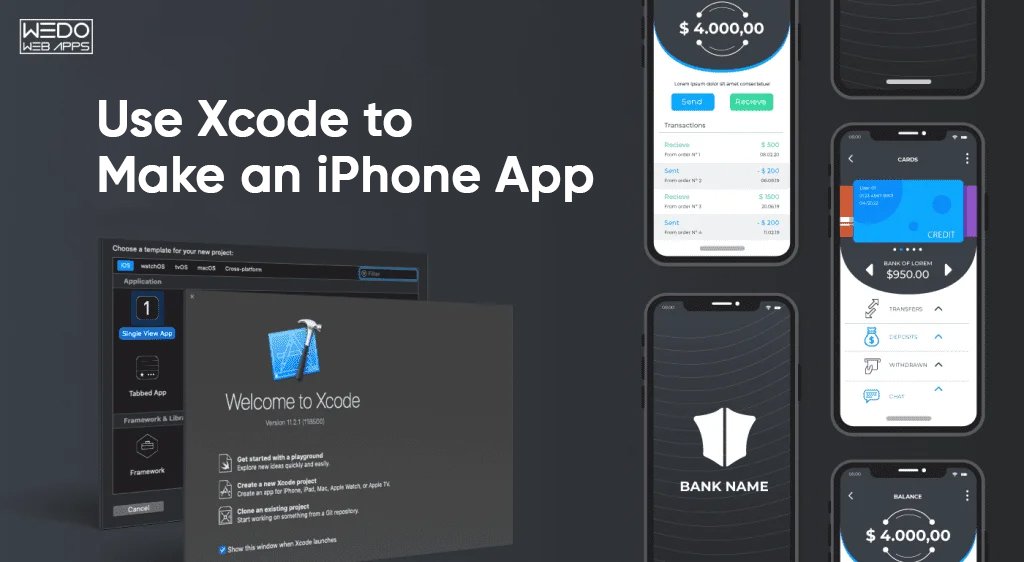Magento 1 has been a popular e-commerce platform for over a decade but is now reaching its end of life.
As a result, many merchants are migrating to Magento 2, which offers improved performance, better security, and new features.
However, after the Magento 1 to Magento 2 migration, many e-commerce store owners will face technical issues, such as data loss, broken functionality, and poor performance.
In this article, we will discuss the common and unique technological issues that merchants may encounter when they migrate settings from Magento 1 to Magento 2 and how to address them.
Section 1: Theme and design issues
Migrating from Magento 1 to Magento 2 can often lead to several issues related to theme and design.
Let’s take a closer look at some of these common issues merchants might encounter:
One of the most common theme and design issues merchants face after Magento migration is JavaScript conflicts. Since Magento 2 uses a different version of jQuery than Magento 1, there can be compatibility issues between the custom JavaScript and the new jQuery version.
Here are some possible solutions to resolve JavaScript conflicts:
- Check for conflicting scripts: Use the browser console to identify any JavaScript errors or conflicts occurring on the page. This can help to pinpoint which scripts are causing the issue.
- Update libraries and frameworks: Ensure that all the JavaScript libraries and frameworks used in your Magento 2 store are up-to-date. This can help to resolve conflicts between different versions of the same library.
- Disable conflicting modules: If you have installed third-party modules, try disabling them individually to see if any of them are causing the conflict. You can then contact the module developer for support or find an alternative solution.
- Use a JavaScript bundler: A JavaScript bundler can help to resolve conflicts by bundling all your JavaScript code into a single file, reducing the chances of conflicts.
- Use asynchronous loading: Using asynchronous loading for JavaScript files can prevent conflicts when multiple scripts are trying to load simultaneously. This can improve the overall performance of your Magento 2 store as well.
Remember, JavaScript conflicts can significantly impact your store’s functionality and performance. It’s important to resolve them as soon as possible to ensure that your customers have a seamless shopping experience.
Merchants who have made custom layout updates in Magento 1 may encounter issues when migrating to Magento 2. Magento 2 uses a different layout system than Magento 1, which means that merchants may need to rewrite their custom layout updates to ensure compatibility with Magento 2.
Additionally, Magento 2 introduces several new layout features that merchants may want to take advantage of, such as page builders and dynamic blocks.
Here are some possible solutions for the issue of custom layout updates:
- Update the layout XML files to match the Magento 2 structure
Magento 2 uses a different layout structure than Magento 1, so it’s important to update the XML files to reflect this is important. You can use the Magento 2 Layout Update Schema Reference to learn about the new XML tags and attributes that are used in Magento 2.
- Use the Layout Migration Tool to automatically migrate the layout updates from Magento 1 to Magento 2:
Magento provides a Layout to install data migration tool package that can automatically convert Magento 1 layout updates to Magento 2 format. This can save a lot of time and effort, especially for sites with a large number of custom layout updates. However, it is important to keep in mind about the data migration tool version that we are using. The data migration tool match should be favorable for Magento 2 and should support the settings.
- Check For Conflicts With Third-Party Modules That May Be Affecting The Layout Updates
Third-party modules can sometimes cause conflicts with custom layout updates, especially if they modify the same parts of the layout. It’s important to check for such conflicts and either disable the conflicting module or adjust the layout update accordingly.
- Test The Layout Updates Thoroughly
After making any changes to the layout updates, it’s important to test them thoroughly on different devices and browsers to ensure that everything is working as expected. This can help avoid any unexpected issues down the line.
Font rendering can be another issue that merchants face when migrating data from Magento 1 to Magento 2. Magento 2 uses a different font rendering system than Magento 1, which can result in differences in font sizes and styles.
Here are some possible solutions for the issue of font rendering:
- Check if the font files are compatible with Magento 2
Magento 2 uses a different font rendering engine compared to Magento 1, so it’s important to check if the font files you are using are compatible with Magento 2. You can use tools like Font Squirrel to generate compatible font files for Magento 2.
- Use web-safe fonts or Google Fonts
If the font files you are using are not compatible with Magento 2, you can consider using web-safe fonts or Google Fonts instead. These fonts are already optimized for web use and should render correctly on all devices and browsers.
- Check if the font files are loading correctly:
Sometimes, font files may not load correctly due to issues with the file paths or file permissions. It’s important to check if the font files are loading correctly by using the browser’s developer tools or a tool like Pingdom.
- Use CSS to adjust the font size and spacing
If the font is rendering correctly but looks too small or too large, you can use CSS to adjust the font size and spacing. It’s important to use relative units like em or rem instead of absolute units like pixels to ensure that the font scales correctly on different devices.
- Test the font rendering thoroughly
After making any changes to the font files or CSS, it’s important to test the font rendering thoroughly on different devices and browsers to ensure that everything looks as expected. This can help avoid any unexpected issues down the line.
Magento 2 introduces several changes to the HTML structure of a website, which can affect the layout and styling of a website. Merchants may need to make changes to their CSS and HTML custom code to ensure compatibility with Magento 2.
Additionally, merchants should be aware of the new HTML5 and CSS3 features that are available in Magento 2. These features can help improve website performance and functionality, but merchants should work with experienced Magento developers to ensure that these features are properly implemented.
Here are some points to avoid HTML structuring issues:
- Analyze and update the theme files
Check the HTML structure of the migrated theme files and compare them with the original Magento 2 theme files. Look for differences in the markup, CSS classes, and attributes. Once you have identified the differences, make the necessary updates to the HTML structure and CSS classes.
Create a custom module that can modify the HTML structure and layout of the pages. With this approach, you can easily override the default Magento 2 templates and update them as per your requirements.
- Use a third-party extension
There are many third-party extensions available that can help you modify the HTML structure and layout of the pages. For example, the “Layout Injector” extension allows you to add custom HTML, CSS, and JavaScript to specific pages, while the “Layout Builder” extension allows you to create custom layouts using a drag-and-drop interface.
Merchants who have made custom image size adjustments in Magento 1 may face issues when migrating to Magento 2. Magento 2 uses a different image resizing system than Magento 1, meaning merchants may need to reconfigure their custom image sizes to ensure compatibility with Magento 2.
Here are some points to avoid image resizing issues:
After migrating to Magento 2, regenerate all the images to ensure that they are of the correct size and quality. This can be done using the Magento 2 command line interface (CLI) or by using a third-party extension such as “Regenerate Thumbnails” or “Easy Thumbnails”.
- Update the image resizing code
If you have a custom image resizing code in your Magento 1 installation, you will need to update it to work with Magento 2. You can refer to the Magento 2 developer documentation for guidance on how to implement image resizing in Magento 2.
- Use a third-party extension
There are many third-party extensions available that can help you manage custom image sizes in Magento 2. For example, the “Magic Zoom Plus” extension allows you to add zoom functionality to product images, while the “Product Image Size Optimizer” extension optimizes the size of product images to improve page load times.
Section 2: Extension and integration issues
After migration from Magento 1 to Magento 2, there might be issues with extensions and integrations. This is because Magento 2 has a different architecture compared to Magento 1, and this can cause compatibility issues with custom extensions and integrations.
-
Custom payment and shipping methods
Custom payment and shipping methods are commonly used in e-commerce websites, and after migration to Magento 2, there might be issues with these methods. For example, custom payment and shipping methods might not be compatible with Magento 2, or there might be changes in the API that require updates to the integration code.
Developers should ensure that all custom payment and shipping methods are tested thoroughly after migration to identify compatibility issues. They should also update the integration code as necessary to ensure it is compatible with Magento 2.
Here are some points to avoid the issue of custom payment and shipping methods::
- Update the Payment and Shipping Modules
After migrating to Magento 2, the payment and shipping modules might not work correctly. Therefore, you should update these modules to the latest versions to ensure compatibility with the new platform.
- Use Third-Party Payment and Shipping Extensions
If the default payment and shipping modules are unsuitable for your business, you can use third-party extensions to add custom payment and shipping methods. There are many extensions available in the Magento Marketplace that you can use to enhance your payment and shipping options.
If you need custom payment and shipping methods that are specific to your business needs, you can hire Magento developers to develop custom modules. They can help you create unique payment and shipping methods that meet your requirements.
-
Custom APIs and web services
Custom APIs and web services are commonly used to integrate Magento with other systems, such as ERP and CRM. After migration to Magento 2, there might be issues with custom APIs and web services. The APIs and web services might not be compatible with Magento 2, or there might be changes in the API that require updates to the integration code.
Developers should ensure that all custom APIs and web services are tested thoroughly after migration to identify compatibility issues. They should also update the integration code as necessary to ensure it is compatible with Magento 2.
Here are some points to avoid the issue of custom APIs and web services:
- Check the API and Web Services Compatibility:
Before migrating to Magento 2, you should check the compatibility of your custom APIs and web services with the new platform. Some APIs and web services may not work correctly on Magento 2, and you need to update them to work correctly.
- Use Magento 2 API and Web Services
If your custom APIs and web services are not compatible with Magento 2, you can use Magento 2 API and web services to meet your business requirements. Magento 2 provides a REST API that you can use to integrate third-party applications and services with your store.
If you need custom APIs and web services specific to your business, you can hire Magento developers to develop custom APIs and web services. They can help you create unique APIs and web services that meet your requirements.

-
Integration with ERP systems
Integration with ERP systems is a critical component of any e-commerce website, and after migration to Magento 2, there might be issues with these integrations. The integration might not be compatible with Magento 2, or there might be changes in the API that require updates to the integration code.
Developers should ensure that all ERP integrations are tested thoroughly after migration to identify compatibility issues. They should also update the integration code as necessary to ensure it is compatible with Magento 2.
Here are some points to avoid the issue of Integration with ERP systems:
- Check the ERP Compatibility:
Before migrating to Magento 2, you should check the compatibility of your ERP system with the new platform. Some ERP systems may not work correctly on Magento 2, and you need to update them to work correctly.
- Use Magento 2 ERP Extensions:
If your ERP system is not compatible with Magento 2, you can use Magento 2 ERP extensions to meet your business requirements. Magento 2 provides many ERP extensions that you can use to integrate your ERP system with your store.
If you need custom ERP integration that is specific to your business, you can hire Magento developers to develop custom integrations. They can help you create unique ERP integrations that meet your requirements.
- Integration with CRM systems
Integration with CRM systems is essential for managing customer data and settings for marketing campaigns. After migration to Magento 2, there might be issues with these integrations. The integration might not be compatible with Magento 2, or there might be changes in the API that require updates to the integration code.
Developers should ensure that all CRM integrations are tested thoroughly after migration to identify compatibility issues. They should also update the integration code as necessary to ensure it is compatible with Magento 2.
Here are some points to avoid the issue of Integration with CRM systems:
- Check the compatibility: Check the compatibility of your CRM system with Magento 2 before migrating. Ensure that the APIs used for the integration are compatible with Magento 2.
- Update your extension: Update your CRM integration extension to the latest version available. The latest version may include bug fixes and other performance improvements that could resolve issues.
- Hire Magento Developers: Consider hiring a developer to create a custom integration for your CRM system if the available extension does not work as expected.
Custom report generation is essential for analyzing website performance and customer behavior. After migration to Magento 2, there might be issues with custom report generation. The report generation might not be compatible with Magento 2, or there might be changes in the API that require updates to the report generation code.
Developers should ensure that all custom report generation is tested thoroughly after migration to identify compatibility issues. They should also update the report generation code as necessary to ensure it is compatible with Magento 2.
- Check that the necessary tables and fields are present in the Magento 2 database. Custom reports often rely on specific data being available in the database, and missing tables or fields can cause issues.
- Consider using a third-party reporting extension that is compatible with Magento 2. These extensions often include pre-built reports and customizable options that can meet your specific reporting needs.
- Hire a developer to create a custom report if a pre-built extension does not meet your requirements. A developer can create a report that uses the necessary data and is optimized for your specific business needs.
Section 3: Performance issues
Performance issues are a common problem that Magento 1 to Magento 2 migration users face. Some of the performance issues are mentioned below:
One of the primary reasons for slow page load times is the size of the page. If the page size is manageable, it will take longer to load. This can happen due to excessive use of images, videos, or other media files.
Another reason for slow page load times is the presence of too many JavaScript and CSS files. This can cause the browser to take longer to process the page, resulting in slower load times.
- Optimize images:Large image files can slow down page loading times. Compress and optimize images to reduce their file size without sacrificing quality. You can use tools like Adobe Photoshop, ImageOptim, or Kraken.io to optimize images.
- Minify CSS and JavaScript files: Minifying CSS and JavaScript files can reduce their file size and improve page load times. You can use tools like YUI Compressor, Closure Compiler, or UglifyJS to minify CSS and JavaScript files.
- Use a Content Delivery Network (CDN): A CDN can help distribute your website content across multiple servers and reduce page load times. It caches static content like images, CSS, and JavaScript files, so they don’t have to be loaded from your web server every time a user visits your website.
-
High server resource consumption
High server resource consumption is another performance issue that can occur after a Magento 1 to Magento 2 migration.
This can happen due to the high number of visitors to the website, inefficient coding, or the presence of heavy plugins or extensions. The high server resource consumption can cause the website to crash or slow down significantly.
To mitigate this issue, the following points are recommended:
Magento 2 uses MySQL as its database, so optimizing it can help reduce server resource consumption. You can optimize the MySQL database by setting appropriate values for cache and buffer settings, optimizing table structures, and using indexes to speed up queries.
Caching can help reduce server resource consumption by storing frequently used data in memory, so it doesn’t have to be retrieved from the server every time it’s requested. Magento 2 supports different caching mechanisms like Redis, Memcached, and Varnish.
If you’re experiencing high server resource consumption, it might be time to upgrade your server hardware. Consider upgrading your server’s CPU, RAM, or storage to handle the increased traffic and workload.
Search indexing is an essential part of any e-commerce website. However, after a Magento 1 to Magento 2 migration, the search indexing may not work correctly, leading to issues with the website’s search functionality. This can happen due to a mismatch between the database and the search engine, incorrect configuration files settings, or incompatible search extensions.
To resolve this issue,
Magento 2 uses an indexer to improve the speed of data queries. Re-indexing can help resolve search indexing issues by updating the search index with the latest data.
- Use a third-party search engine
Magento 2 has a built-in search engine, but it might not be suitable for large-scale eCommerce websites. Consider using a third-party search engine like Elasticsearch, Solr, or Algolia, which can provide better search results and faster search indexing.
If you’re experiencing slow search indexing, it might be due to inefficient search queries. You can optimize search queries by reviewing the code that generates them and making changes to improve their performance.
Caching is an essential feature that helps improve website performance by storing frequently accessed data via the access keys. However, after a Magento 1 to Magento 2 migration, leading to website performance issues. This can happen due to incorrect configuration settings or incompatible caching extensions.
To overcome this issue,
Magento 2 stores cache files on the server to speed up page loading times. However, if the cache files become too large, they can cause storage issues. Regularly clearing the cache can help free up storage space and improve website performance.

- Increase cache storage capacity
If you’re experiencing cache storage issues, you can increase the cache storage capacity by changing the cache storage settings in Magento 2.
- Use a separate cache server
To further improve website performance, you can use a separate cache server to store cache files. A separate cache server can help reduce the load on your web server and improve website performance.
-
Database performance issues
The database is a critical component of any e-commerce website. After a Magento 1 to Magento 2 migration, the database may not perform optimally, leading to website performance issues. This can happen due to the size of the database, inefficient queries, or the presence of heavy plugins or extensions
To resolve this issue,
- Optimize database indexes
One common cause of slow database performance is a lack of optimized database indexes. Make sure your Magento 2 database has the appropriate indexes in place. You can use Magento’s built-in indexing tool to analyze and optimize your database indexes.
Review the queries that are running on your database and identify any slow or inefficient queries. Use a tool like MySQL’s slow query log to identify queries that take a long time to execute. Once you’ve identified slow queries, optimize them by adding indexes or rewriting the query.
Caching can improve database performance by reducing the number of database queries that need to be executed. Magento 2 includes several caching options, including full-page caching and object caching. Make sure caching is enabled on your Magento 2 site, and configure the data migration toolappropriately for your specific use case.
Conclusion
The migration from Magento 1 to Magento 2 can be a daunting task, and it is essential to anticipate potential issues and take necessary steps to mitigate them. WeDoWebApps.com is a leading eCommerce development company with expertise in Magento 2 migration.
Our team of experienced developers can help you smoothly migrate data from your store to Magento 2, ensuring that your website runs smoothly and efficiently. Contact WeDoWebApps to learn more about our services and how we can help you migrate your online store to Magento 2.
